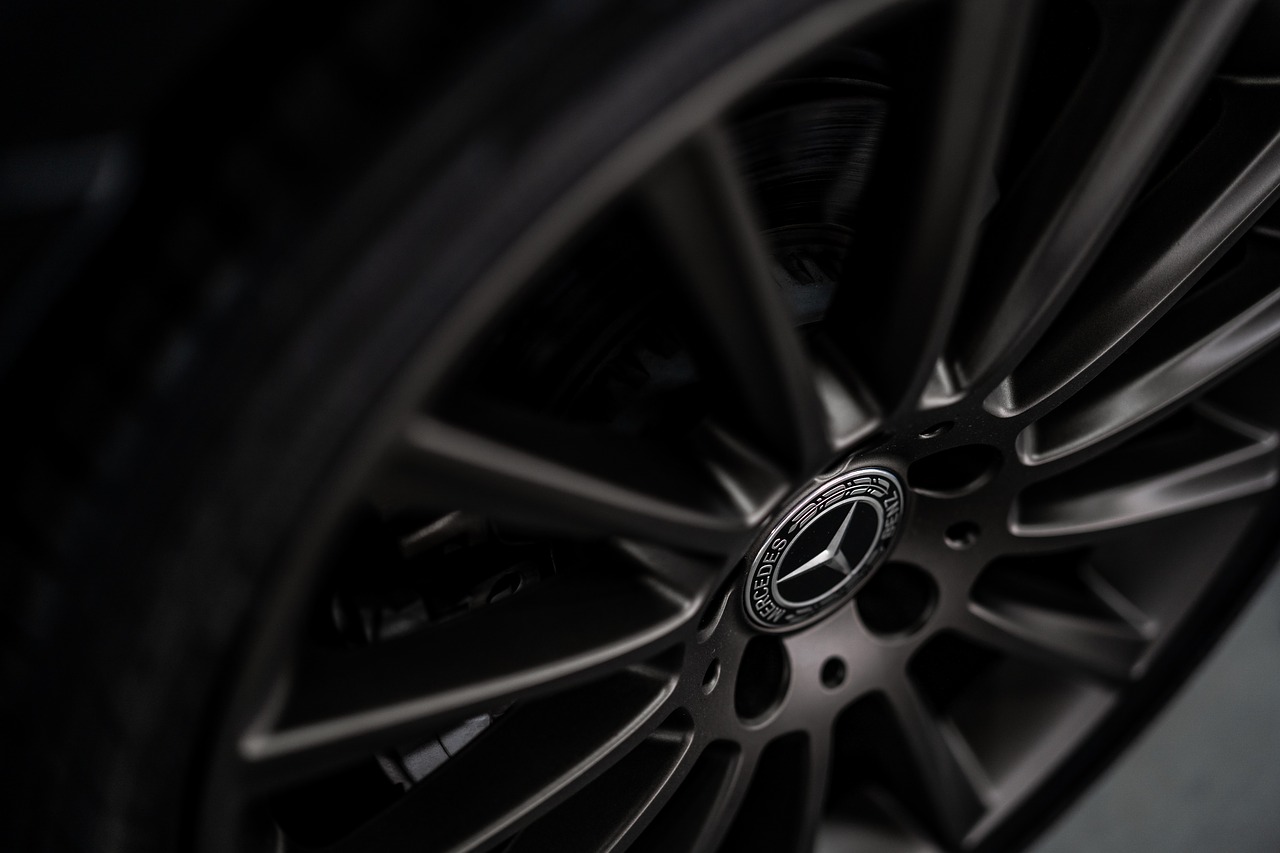One of the keys to a smooth and reliable ride is maintaining your vehicle’s wheels. Since the wheels are the point of contact between the vehicle and the pavement, they are extremely important and have an impact on everything from suspension health to fuel economy.
Despite this fact, many people overlook their wheels and fail to have them serviced at appropriate intervals. Because of this, more significant issues can arise that are difficult to diagnose and costly to fix. If you take the time to maintain your wheels properly, you will prolong the life of key parts of your vehicle while ensuring a pleasant ride and reducing the overall cost of fuel.
Aspects of wheel maintenance to keep in mind include:
1. Tire replacement
Perhaps the most important part of wheel maintenance is replacing tires before they become too worn. When tires get too worn, they can blow out and cause an accident or fail to get proper traction, which can also result in a collision. As a general rule of thumb, you should start thinking about replacing tires after five years or 50,000 miles of wear.
The heat from traction, as well as exposure to the sun and other elements can cause chemical changes in the tire and make the rubber break down over time. Inspect the tires for any cracking or other signs of damage on the walls and pay attention to the tread indicators.
Even if your tires pass inspection, they may still need to be replaced before the next inspection time comes along. It is important to get familiar with the signs of excess wear and pay close attention to them at the five-year mark or sooner if you drive a lot.
2. Wheel balancing
Many drivers overlook the importance of wheel balancing. This process helps compensate for any uneven wear in the tires, as well as imperfections in the tire or rims. Wheel balancing can make your tires last significantly longer and improve the overall feel of the vehicle’s drive.
If you feel like your car is shaking more than normal, especially at high speeds, it is likely time to get a balance. Too often, drivers think of wheel balancing as something that happens only when they get new tires, but it can be necessary for many other reasons.
For example, no tire is perfect and minor issues in manufacturing can become apparent over time. Also, tires can slip on the rim due to sudden braking or significant wear, which can make the car feel like it is vibrating at higher speeds. Wheel balancing will often fix this issue and prolong the life of the tires
3. Wheel alignment
All vehicles come with specifications about wheel alignment. During the alignment process, adjustments are made to ensure that the alignment is ideal. If the alignment is outside the recommended range, the tires will likely wear in an uneven manner, which can affect how the vehicle handles. If you begin to notice uneven steering, you should get an alignment.
Your vehicle should drive straight down the road without drifting or pulling to the left or right. This feeling of drifting or pulling is often due to misalignment, and failing to get it fixed may mean needing to replace the tires sooner than expected. Take your car to a shop to get inspected to figure out the cause of the problem before an alignment is performed to ensure the issue gets resolved.
4. Tire rotation
The idea behind tire rotation is that the loads put on front and back wheels are different. Rotating them promotes even wear patterns and maximizes the life of tires. Refer to the owner’s manual vehicles for manufacturer recommendations on tire rotation. Typically, tires get rotated every 5,000 to 7,000 miles, so you may need to have this done multiple times each year.
5. Wheel bearings
The wheels are connected to a vehicle’s suspension via the bearings. The job of the bearings is to allow wheels to spin freely without causing too much friction, which can damage parts of the vehicle. Over time, the bearings will wear and make it more difficult for the wheels to spin freely. When this happens, you may notice a noise or vibration coming from the wheels that could be focused more on one side than the other.
If the wheel bearings are not replaced, damage can occur to other suspension components, such as the struts, which means that the repair will become much more extensive and expensive if the issue is not addressed quickly. Wheel bearings almost always need to be replaced by professionals since it requires specific equipment to be done properly.
6. Air pressure
Tires require a certain air pressure to reduce wear and maximize fuel economy. You should check the tire pressures in your tires monthly, especially if your vehicle does not have sensors to indicate a drop in pressure. Each tire will come with a recommended pressure.
This number is for cold tires, which means measurements should be taken before the vehicle is driven. The recommendations for pressure should be listed on a decal in the driver’s door jamb. When you check air pressure, do not neglect the spare just in case you need it in the coming weeks.
